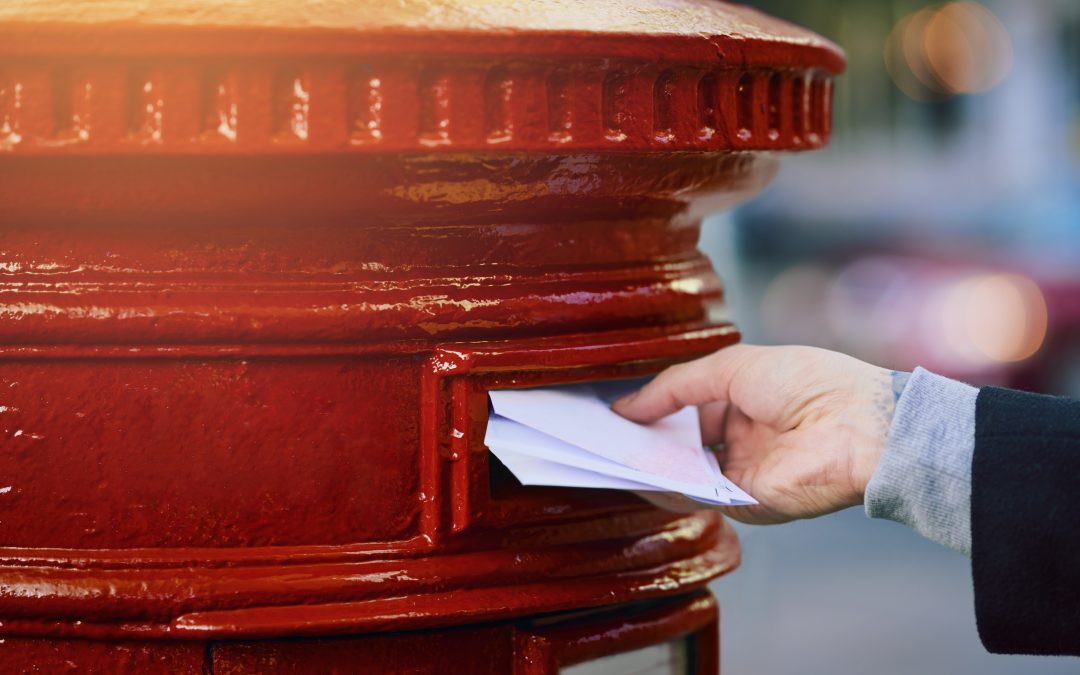It is possible that, with the advance of new technologies, you may think that letters do not carry the same weight as they did a few years ago. Nevertheless, it remains the most successful means of communication on a wide variety of occasions and continues to be widely used.
In fact, when the purpose is to make some kind of formal request or presentation, this type of communication channel is usually used. Nowadays, letters can be found in the traditional format, i.e. on paper, but we can also find letters in digital format. In this post you will discover the different types of letters in English.
Types of letters in English

Formal letter
It is a type of letter that follows a certain pattern and formality. They are strictly for professional use and are directly addressed to the matters to be dealt with in the letter. It is important to keep in mind that any letter that is commercial or addressed to the authorities falls into the category of a formal letter.
Informal Letter
These types of letters are personal and do not have to follow any established writing pattern or adhere to any formality. The content is personal information and may also consist of a written conversation. Informal letters are typical letters that may be written between family members, partners, friends or acquaintances.
Business letter
It is a type of letter written between different business correspondents. They typically contain business information such as quotations, orders, complaints, claims, letters for collections, etc. These cards always maintain a formal character, so we can find formal structures and patterns.
Official letter
It is a letter that is written when offices, branches and subordinates must be informed about some kind of official information. The type of information typically conveyed in this type of letter usually consists of rules, regulations, procedures, events or any other type of information of this nature. Official letters are formal in nature and follow a structure in keeping with this type of tone.
Social Charter
These are letters that have been written for a special reason or event. The content of this type of letter is usually a congratulations, a condolence, an invitation letter, among other types of special social events.
Circular letter
It is a type of letter intended to announce a piece of information or data to a large number of people. To meet this objective, a copy of the letter is distributed to all target persons. The content of this type of letter can be an important announcement such as a change of address, the departure of an important partner from a company, etc.
Employment letters
They are all those letters related to the employment process: the letter of incorporation, the promotion letter, the cover letter, etc.
We hope this post has helped you to learn about the different types of letters in English that we can find and to improve your communication in English in your daily life.

